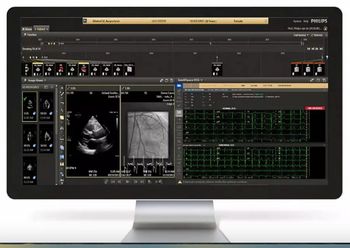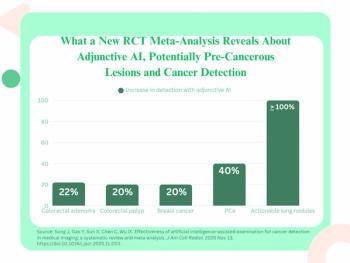
What Referring Physicians Want from Radiologists
CHICAGO - Referring physicians offer some insight into what they want from their radiology colleagues, from better collaboration to clearer reports.
CHICAGO - How can radiologists improve their partnerships with referring physicians? At a recent RSNA 2013 session, the referrers gave their perspective.
When asked about challenges in ordering studies, “23 percent of referring physicians stated that ordering the correct studies is often or always a problem … and 10 percent say they often need to contact the radiologist because of too much information in the report,” according to a study cited by panel moderator Judy Yee, MD, FACR of the University of California-San Francisco.
Sally Reynolds, MD, is the medical director of the emergency department at Lurie Children’s Hospital in Chicago. She gave examples of how she depends on radiologists.
One thing that has changed in her practice is that she’s seeing many more adults. At Lurie Children’s the cardiac department now takes care of patients until they’re 35. The urology department takes care of some patients into their 30s.
“It’s impressive the number of people I see now that I was never really well-trained to see at that age. So what I’m really looking for is for all radiologists, and anyone I consult, to help me think broadly about the patient, to make sure I haven’t missed something,” Reynolds said.
One example of when a radiologist can be a vital contributor is in determining whether the object a child has swallowed is a battery or a coin.
“We had a bad experience, where the kid said he ate the nickel, we thought he ate the nickel, the radiology resident said it was a nickel - and it was a battery. And he has a reconstructed trachea now. Every hour makes a big difference in the outcome,” she said.
Also, when a report says “need for further studies,” Reynolds said she would like the radiologist to include whether that study needs to be immediate or next week.
She urged radiologists to let physicians know if they’ve ordered the wrong test. “As we try to decrease radiation, the last thing I want to do is zap the wrong thing or order the wrong test,” she said.
Finally, because the number of ICD codes has multiplied, she needs radiologists to be very specific, for instance, about fractures including type, percent angulation and displacement.
Stephan Wyers, MD, a general surgeon at University of Chicago, said it helps for radiologists and referring physicians to have a healthy appreciation for other person’s perspective - what the other’s work day is like, when you know you’re interrupting them, what irritates them.
“The communication piece has to be easy, open and frank. We’re all trying to take care of the same patient but we may see it from different sides,” Wyers said.
His preferences for what he’d like to see in a report:
- Use of a standard language, such as BI-RADS for breast images
- Elimination of dated language such as “phlegmon” or “pancreatic abscess.”
- Highlighted images. If there’s a key image, pull it out, put arrows right on a lesion.
- Strong opinions in narrative form, no waffling. Avoid descriptors such as “ill-defined” or “hazy.”
- Information on any previous imaging and how it compares.
“I’m not so interested in the technical details of how the study was done - sequence of the MRI, how much contrast was used,” he said.
Both speakers agreed that one of the most frustrating phrases to see on a report is “clinical correlation needed.”
“This phrase is so ubiquitous it makes me wonder whether they take the radiology residents aside and say, ‘Look, no matter what you do, say this in the report,’” Wyers said.
Newsletter
Stay at the forefront of radiology with the Diagnostic Imaging newsletter, delivering the latest news, clinical insights, and imaging advancements for today’s radiologists.

























